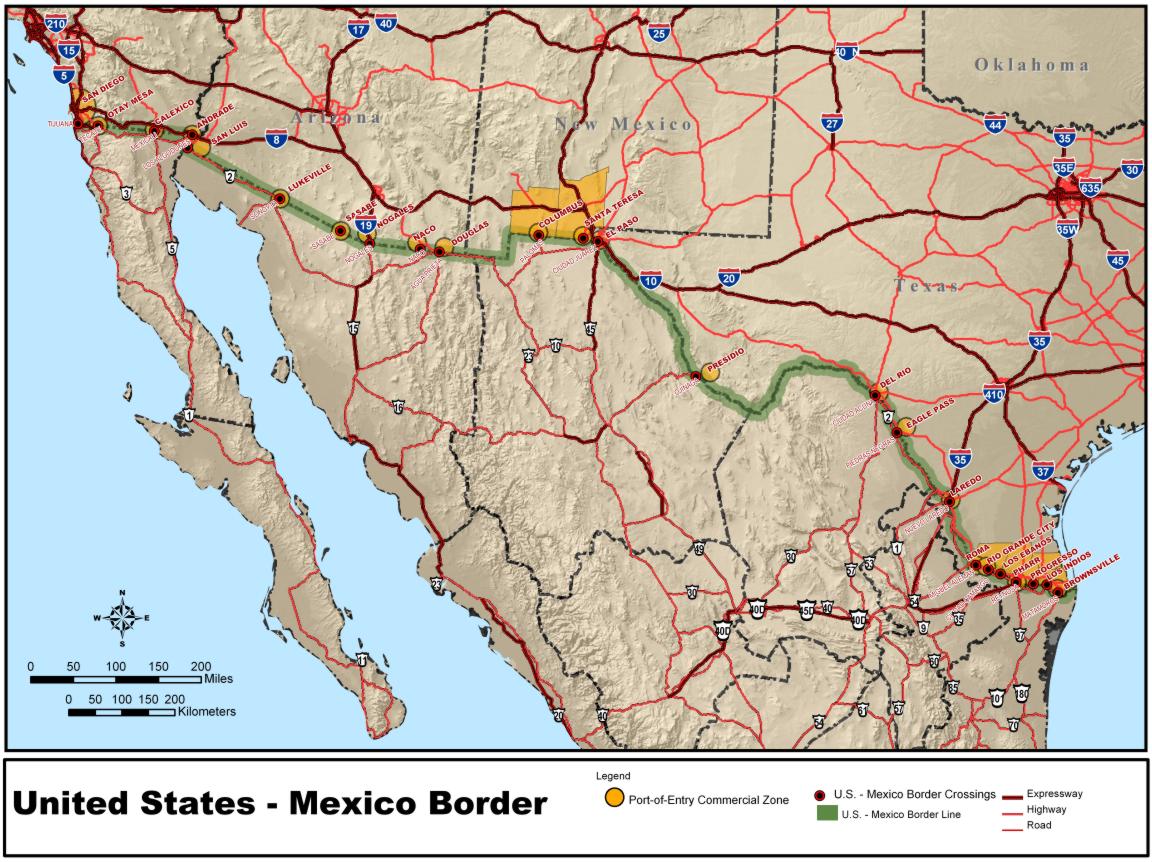By Marta del Vado
LatinaLista
The UN Committee on the Elimination of Racial Discrimination expresses their concern to Washington regarding the potential “discriminatory impact” of the construction of the US-Mexico fence on indigenous communities living on both sides of the border.
The chairperson of the UN Committee on the Elimination of Racial Discrimination, Alexei Avtonomov, confirmed in a letter submitted in March 2013 that, according to several complaints received by different NGO organizations, the US-Mexico wall has been built, for the most part, in areas inhabited by indigenous communities.
This construction “harms their lands, ecosystems, and their cultural lives and traditions, including their access to tribal lands located north and south of the border and to resources required for traditional ceremonies”. However the wall has not been built in more prosperous and wealthy areas, like the Golf River Bend resort, on the Texas border.
Mr. Avtonomov warns that this selective construction discriminates against indigenous communities and Latin migrants with lowest resources.
The complaint against the “racist nature of the wall,” has been presented by several ethnic Indian activists of the Lipan Apache community together with the Faculty of Law of the University of Texas, to the United Nations (in 2012) and to the Inter-American Commission on Human Rights (in 2008).
In its response, the UN acknowledges that the Department of Homeland Security has reportedly waived 36 federal and state laws to clear the way for the construction of the wall; among them, the National Environmental Policy Act, the Endangered Species Act, the Native American Graves Protection and Reparation Act, the American Indian Freedom Act and the Administrative Procedure Act.
In a statement to Latina Lista, Ariel Dulitzky, Clinical Professor of Law and Director of the Human Rights Clinic at The University of Texas, asserts that the way in which the wall is built has “a disproportionate effect against Latin people. The wall is not continuous, it is raised in areas that are most affected by poverty, especially where Latinos and indigenous communities live while there is no construction in places where wealthy white people live”.
Dulitzky also reveals that the fence violates the right to property and the free movement of people. He also confirms that it has been proven that “the fence does not deter migrants crossing illegally, it simply lengthens and complicates their paths”.
Obama’s administration has answered the UN Committee with another missive last June. In the letter, the US government recognizes “the potential impact that physical security barriers may have on local communities and landowners” but they assure that more than 200 meetings and consultations have been held, including extensive consultations with American Indian tribes regarding the access to cultural sites that may be affected by the fence.
They have had meetings, as well, with the construction company “to ensure that native vegetation, especially the vegetation required for tribal ceremonies, was reseeded once the construction was completed.”
The U.S. representative to the United Nations in Geneva will have to formally present their defense to the Committee on the Elimination of Racial Discrimination next November. After that, the Committee will present its conclusions and its probable disapproval to Washington for building the wall, knowing that it would impact the human rights of the residents in the area.
This controversy comes to the UN after the U.S. Senate approved the completion of the U.S.-Mexico fence, in its entirety, along with enhancing border surveillance, as a condition for bipartisan passage of immigration reform earlier this summer in Congress. The senate’s version of immigration reform also includes doubling the amount of border agents to nearly 40,000 and the use of drones and other technology to detect undocumented migrants trying to enter the United States illegally through the Mexican border.
Marta del Vado is a freelance writer based in Mexico City.



